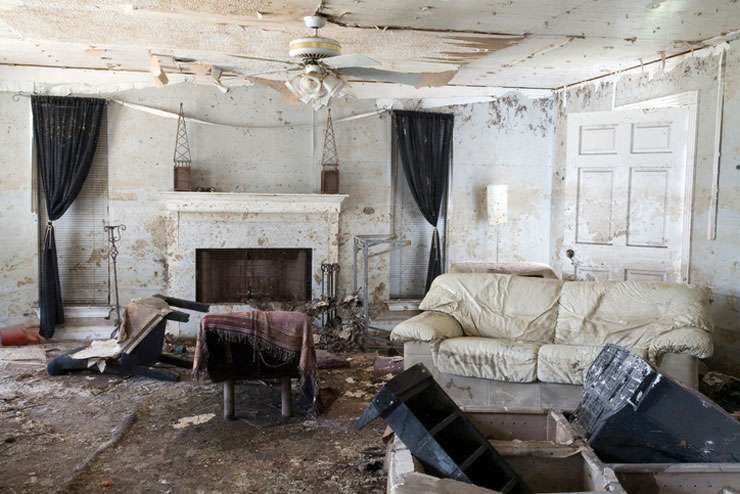As a recent OneRoof investigation reveals much of the country’s housing stock is pre-1950s, some of which can be cold, draughty and mouldy, the head of the New Zealand Green Building Council says there is plenty Kiwis can do to bring their homes up to scratch without breaking the bank.
People need to first understand their home, says NZGC chief executive Andrew Eagles, pointing to a free tool called HomeFit where owners can assess their home.
“It will say here’s the reason you need to, for instance, check for mould and here’s the type of mould you should be looking for.
“We’re not concerned about mould around the sink – but we’re concerned about mould that might be coming from a leak in the roof or it might be building up because you’re not getting moisture out of your bathroom and living room.
Start your property search
“We have one of the higher rates of respiratory illness in the OECD and respiratory issues are the third leading cause of death costing us $6 billion a year, and over 30 per cent of Maori and Pacifica are in damp and cold homes so it’s pretty hard on them.”
Build up of moisture
Insulation in the roof and under the floor goes a long way to a healthier, warmer, home, he says.
“About half our homes are missing adequate insulation in those places, and it’s not that expensive to improve those.”
Also important is putting venting in the bathroom and the kitchen.
“That is really, really key. Thirty per cent of homes that have gone through HomeFit have said they have no extractor in the bathroom, and around the same have said they have no extractor fan in the kitchen," Eagles says.
“What’s happening is the moisture is building up and it goes into the walls and starts to develop mould and that makes poor living conditions. It’s not good for us.”
Draughts are another big area. A big gap between the bottom of the door and the floor means not only does warm air seep out and cold air blows in.

NZGC chief executive Andrew Eagles: "About half our homes are missing adequate insulation." Photo / Supplied
“The evidence is that can lead to colds and getting unwell, and it’s quite a lot of discomfort. Forty per cent of homes had holes in the floors, walls or ceilings that let significant amounts of cold air in.”
It can cost as little as $100 or less to buy and install products, including draught-stoppers, and they make a big difference, Eagles says.
“Another one people often forget is a ground vapour barrier. Now that sounds complicated but basically it’s a ground sheet you put under the house.”
Simple fix
Homes with a gap under the house means moisture is sucked up from the ground into the house making it harder to heat the home. “A thick polythene sheet laid over the bare ground under the house will stop moisture coming up into the house - and that can be tens and tens of litres going into the home every single day,” Eagles says.
People try to address the problem with dehumidifiers but the simple fix of a polythene sheet could save a lot of money.

Damp and mould are the two big factors impacting the healthy of Kiwi homes. Photo / Getty Images
Another powerful heat preserving tip is to double fabric the curtains, and ensure they run all the way to the floor and cover the full width of the window.
“When we say double up we just mean a second bit of fabric attached to the curtain, because lots of these older homes have single-glazing, rattly windows," Eagles says.
“Just take your curtain down to the seamstress or someone who fixes your trousers when they rip and ask them to double up the curtain.”
Alternatively, for those who can’t afford that there are curtain banks available.
“People like Habitat for Humanity provide them and they’ve got hundreds of curtains that people can come in for, and they’ve doubled them up.”
Health check
All of these tips are listed in the Healthy Homes Standard which is required for rental properties, Eagles says.
He also says while Kiwis have a love affair with old villas, they can be cold and draughty. A big issue is people thinking the house looks lovely but not knowing the health of the home they are going to be buying, and that’s not right.
That’s why Auckland Council is adding to Lim statements whether the home meets HomeFit standards or not, he says.
People can have their homes assessed by a formal HomeFit assessor for around $200 then if asked if the house meets the HomeFit standard they can say yes and have a certificate to prove it.
He says it might only cost $1000 or less to get these areas addressed and some homes will have some of them in place already.
“I think it’s a pretty good investment saving on your power bills and being healthier, less likely to get sick, and you do it and you pass and then you can improve the value and marketability of your home, and if you do ever want to rent it out you’ll meet the Healthy Homes Standard.”









